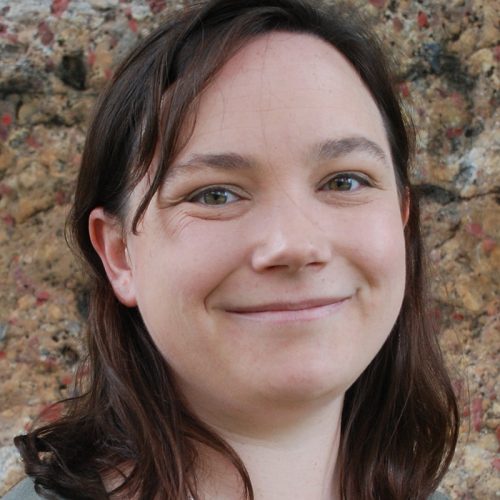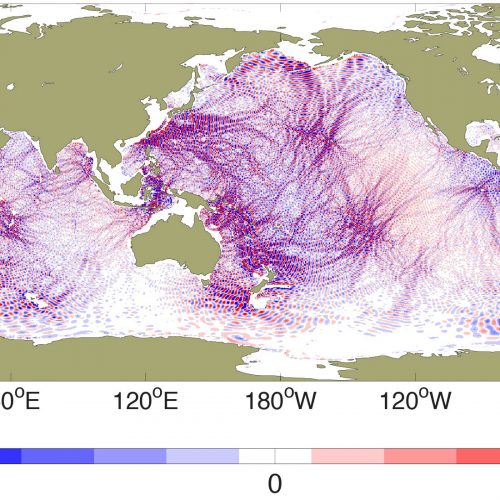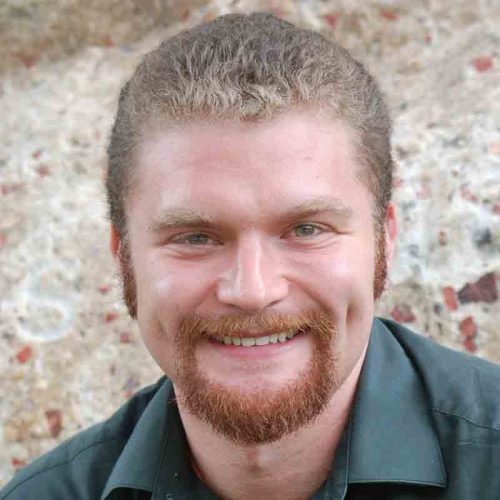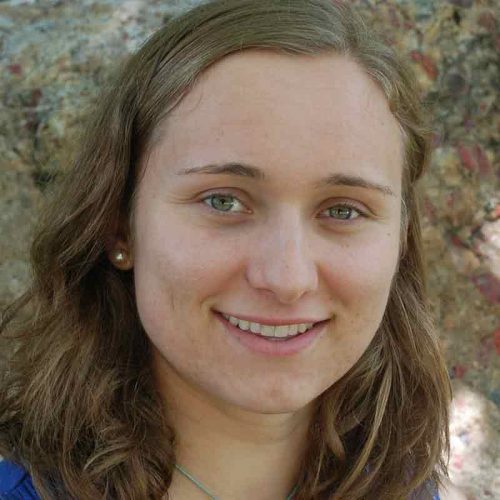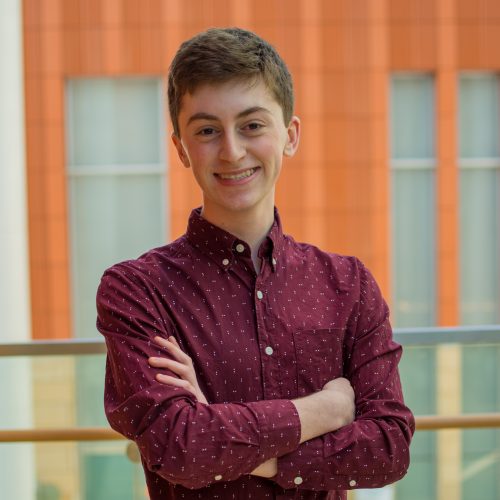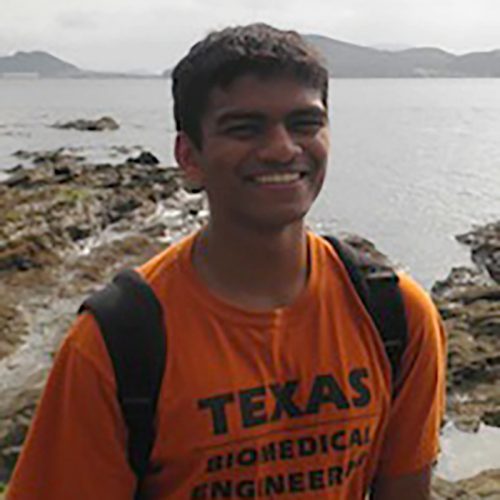Variability of the coupled atmosphere-ocean system
Because large-scale, low-frequency motions in the ocean and atmosphere are in approximate geostrophic balance, geostrophic turbulence, and its even simpler progenitor two-dimensional turbulence, is a useful “toy model” for oceanic and atmospheric motions. Recently we have shown that the nonlinearities in geostrophic turbulence can drive a nonlinear transfer of energy to lower frequencies alongside the well-known inverse cascade to lower wave numbers (larger spatial scales; Arbic et al. JPO 2012, 2014). The implication is that the spectral tools usually used to diagnose energy cascades in the wavenumber domain, can potentially be used to quantify the importance of intrinsic (versus forced) processes in the variable atmosphere-ocean system. Several projects in our group are following up on this initial work.
Andrew Morten is investigating the frequency-wavenumber behavior of forced-dissipated two-dimensional turbulence, and developing a more rigorous understanding of spectral transfers in the frequency domain (Morten et al. 2018 in revision).
Malte Müller has computed anisotropic frequency-wavenumber spectra and spectral transfers for geostrophic motions in HYCOM, thus opening up a new tool for investigation of the role of nonlinearities in the dynamics of westward propagating eddies (Müller et al. 2018 in revision). Guillaume Sérazin, a postdoc in France, has also investigated westward propagating eddies with the frequency-domain spectral transfer technique (Sérazin et al. 2018).
Paige Martin (papers in preparation) is investigating the frequency-wavenumber behavior of Q-GCM, an idealized quasi-geostrophic model of coupled atmospheric-oceanic motions developed by Jeff Blundell, Bill Dewar, Andy Hogg, and Peter Killworth.

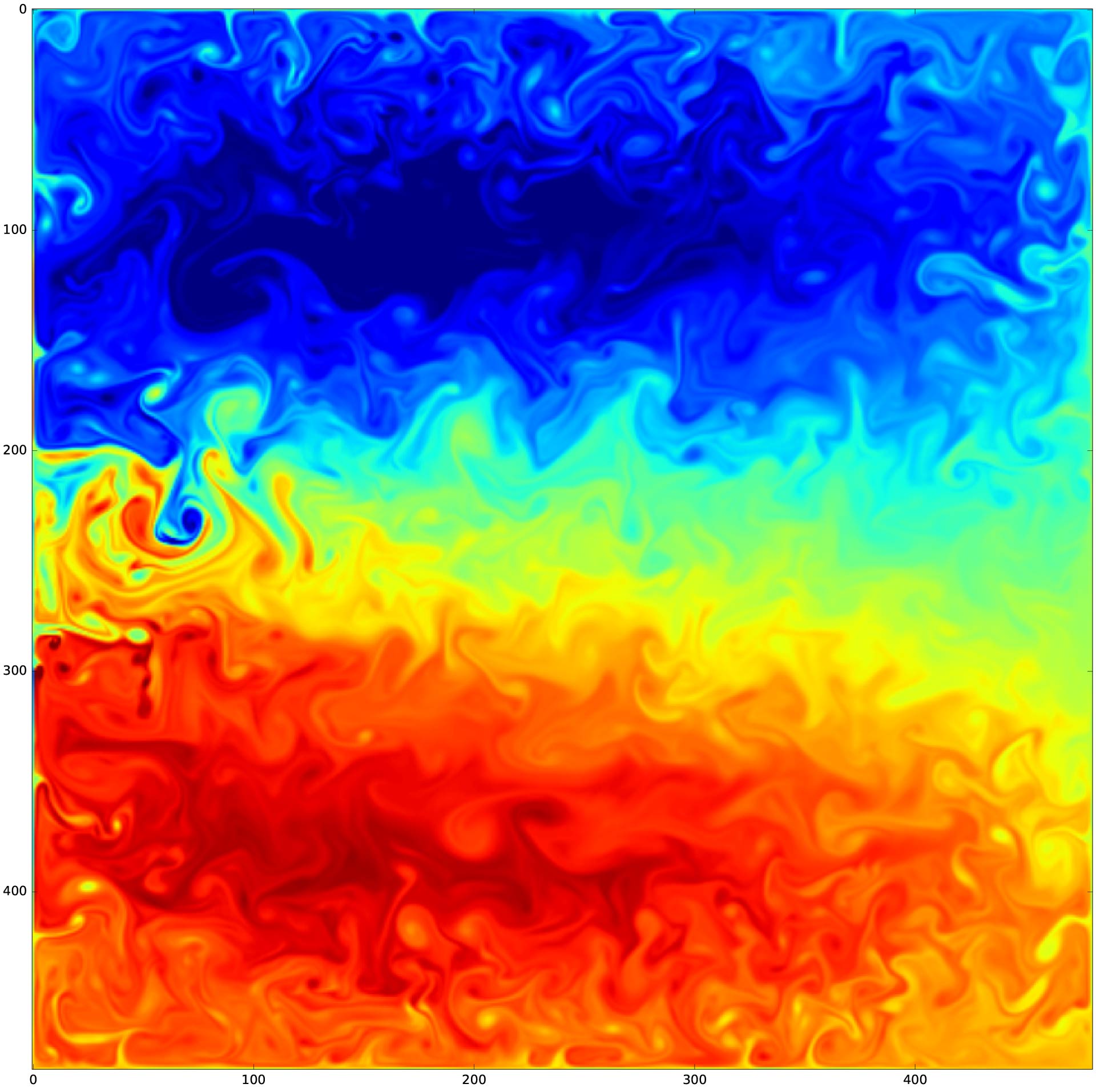
Potential vorticity snapshots from the atmosphere (top) and ocean (bottom) of the coupled quasi-geostrophic coupled model (QGCM). Courtesy Paige Martin.
Amanda O’Rourke has quantified the relative effects of wind stress forcing versus intrinsic oceanic advection on the low-frequency variability of oceanic surface geostrophic kinetic energy in GFDL’s high-resolution CM2.6 simulation (O’Rourke et al. 2018). In a paper in preparation, O’Rourke has also investigated the impacts of resolving eddies on rainfall in coupled atmosphere-ocean simulations.

Surface kinetic energy flux due to the advective term in 1/10° GFDL’s CM2.6 simulation over high frequencies, defined as motions with periods shorter than 3 months. Nonlinear colorbars are employed in order to emphasize the sign of the low amplitude signal. From O’Rourke et al. (2018).
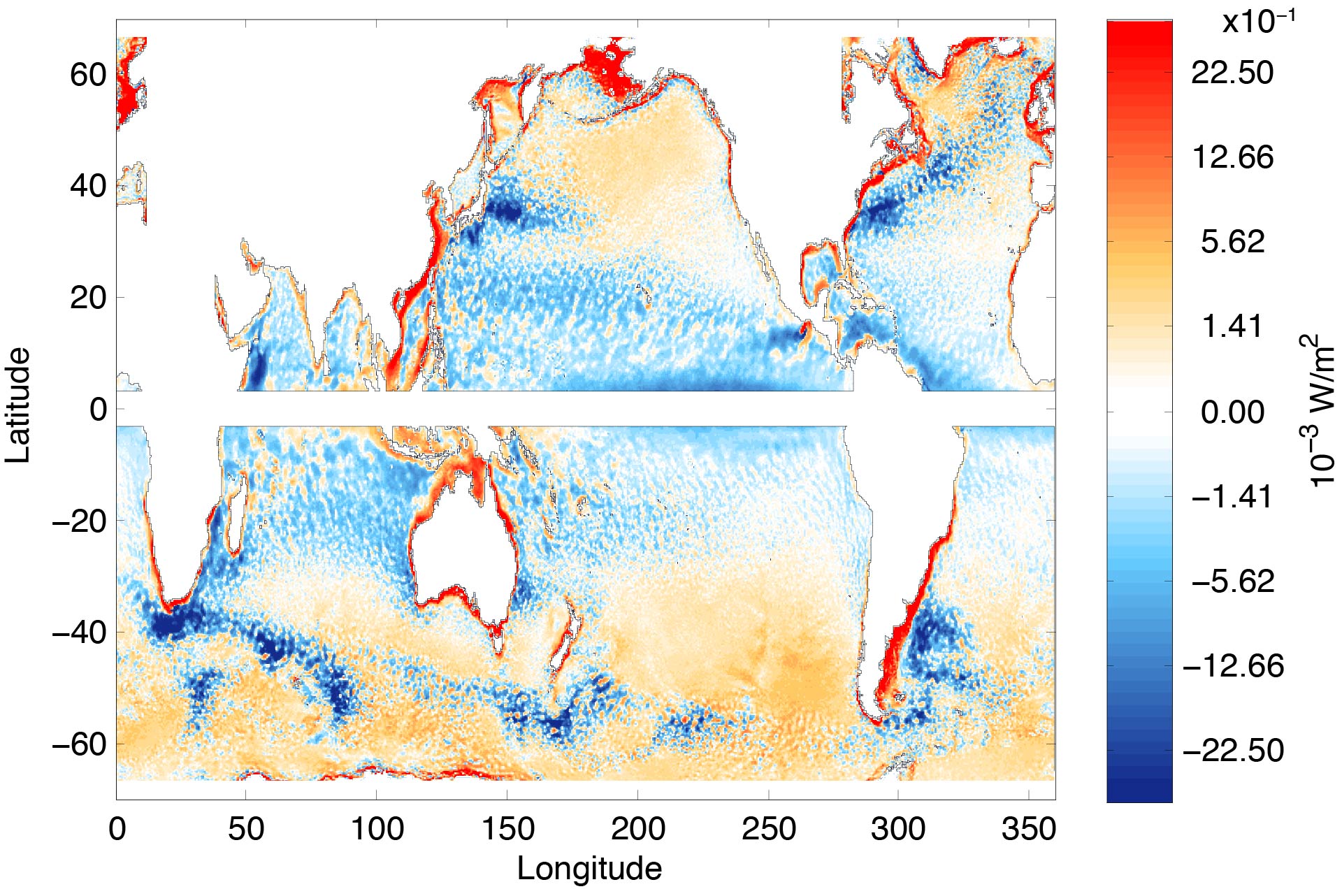
Surface kinetic energy flux due to the wind stress term in 1/10° GFDL’s CM2.6 simulation over high frequencies, defined as motions with periods shorter than 3 months. Nonlinear colorbars are employed in order to emphasize the sign of the low amplitude signal. From O’Rourke et al. (2018).

